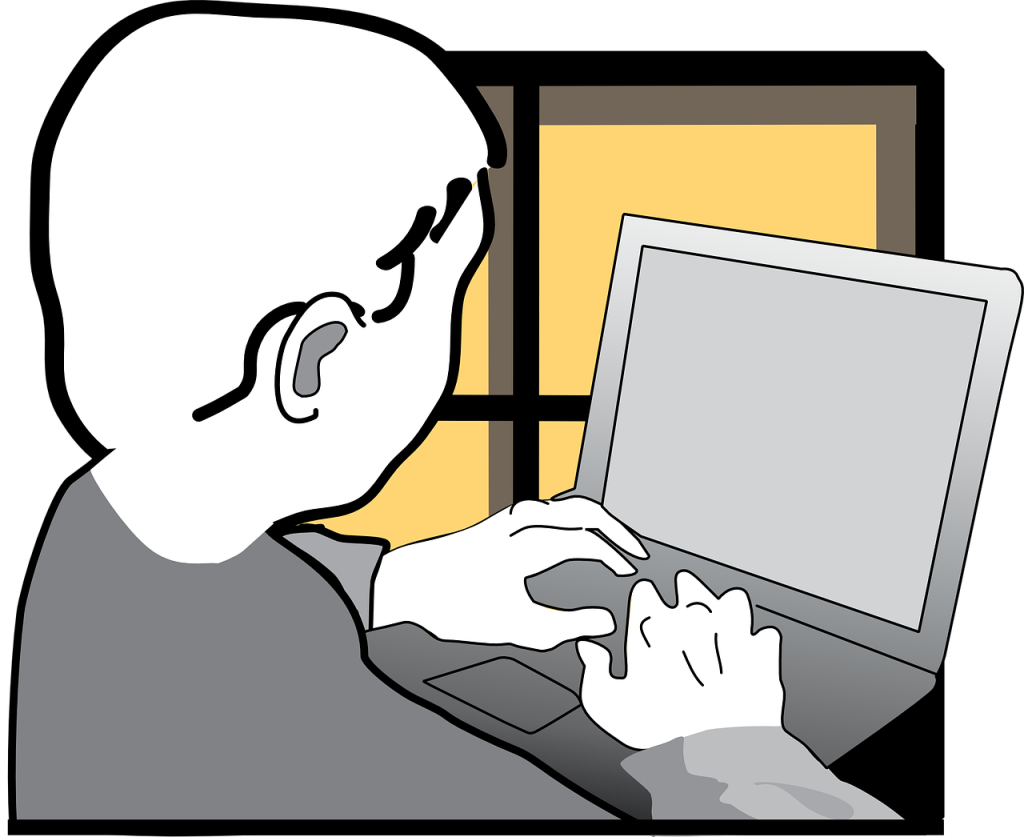A computer is an electronic device that processes data and performs tasks according to a set of instructions called a program. It consists of hardware and software components that work together to perform various functions. Here’s a detailed explanation and introduction to computers:
Introduction to Computers
1. Definition
A computer is an electronic device that can store, retrieve, and process data. It is capable of performing complex calculations and processing large amounts of information quickly and accurately.
2. Components of a Computer
A computer system consists of two main components: hardware and software.
- Hardware: The physical components of a computer, such as the central processing unit (CPU), memory, storage devices, input and output devices.
- Central Processing Unit (CPU): Often referred to as the brain of the computer, the CPU performs calculations and executes instructions.
- Memory (RAM): Random Access Memory (RAM) temporarily stores data that the CPU needs while performing tasks.
- Storage Devices: Hard drives, solid-state drives (SSD), and other storage media permanently store data and programs.
- Input Devices: Devices like keyboards, mice, and scanners that allow users to input data into the computer.
- Output Devices: Devices like monitors, printers, and speakers that output data from the computer.
- Software: The programs and operating systems that run on the computer and instruct the hardware on what tasks to perform.
- Operating System (OS): The primary software that manages hardware resources and provides services for other software. Examples include Windows, macOS, and Linux.
- Applications: Programs designed to perform specific tasks, such as word processors, web browsers, and games.
3. Types of Computers

Computers come in various types, each designed for different purposes:
- Personal Computers (PCs): General-purpose computers designed for individual use, such as desktops and laptops.
- Workstations: High-performance computers designed for technical or scientific applications.
- Servers: Computers that provide services and manage network resources for other computers.
- Mainframes: Large, powerful systems used by large organizations for bulk data processing and critical applications.
- Supercomputers: Extremely fast computers used for complex computations and research.
Functions of a Computer
- Input: The process of entering data into a computer. Input devices such as keyboards, mice, and scanners are used for this purpose.
- Processing: The manipulation of data by the computer’s CPU. It involves executing instructions from software to perform calculations, make decisions, and transform data.
- Storage: The saving of data and instructions for future use. Data can be stored temporarily in RAM or permanently on storage devices like hard drives and SSDs.
- Output: The process of presenting data to the user. Output devices such as monitors, printers, and speakers are used to display or produce results.
- Control: The management of all the above functions to ensure they work together effectively. The operating system plays a crucial role in controlling hardware and software operations.
Computer Software
- System Software: Includes the operating system and utility programs that manage computer resources and provide a platform for other software. Examples include Windows, macOS, and Linux.
- Application Software: Programs designed to perform specific tasks for users. Examples include Microsoft Office, Adobe Photoshop, and web browsers like Google Chrome and Mozilla Firefox.
Evolution of Computers

- First Generation (1940-1956): Vacuum tubes were used for circuitry and magnetic drums for memory. These computers were large, expensive, and generated a lot of heat. Examples include the ENIAC and UNIVAC.
- Second Generation (1956-1963): Transistors replaced vacuum tubes, making computers smaller, faster, more reliable, and energy-efficient. Examples include the IBM 1401.
- Third Generation (1964-1971): Integrated circuits replaced transistors, further reducing size and cost while increasing speed and efficiency. Examples include the IBM 360 series.
- Fourth Generation (1971-Present): Microprocessors brought the entire CPU onto a single chip, leading to the development of personal computers. This generation also saw the rise of graphical user interfaces (GUIs) and networks. Examples include the Intel 4004 and Apple Macintosh.
- Fifth Generation (Present and Beyond): Characterized by advancements in artificial intelligence, machine learning, and quantum computing. These computers aim to process natural language and solve complex problems beyond the capabilities of previous generations.
Impact of Computers
- Business and Industry: Computers revolutionize business operations, increasing efficiency, productivity, and data management. They enable complex simulations, data analysis, and automation.
- Education: Computers provide access to vast amounts of information and educational resources, support online learning, and facilitate research and collaboration.
- Healthcare: Computers improve patient care through electronic medical records, diagnostic tools, and telemedicine. They also enable advanced research and simulations in medical science.
- Communication: Computers and the internet enable instant communication through emails, social media, and video conferencing, connecting people globally.
- Entertainment: Computers are central to the entertainment industry, providing platforms for gaming, streaming, music production, and digital art.
Conclusion
Computers have fundamentally transformed our world, revolutionizing every aspect of our daily lives and numerous industries. From personal use in homes and education to critical roles in business, healthcare, and scientific research, computers enhance efficiency, accuracy, and innovation. The continuous evolution of computer technology, from the early vacuum tubes to the sophisticated microprocessors and emerging quantum computers, highlights the incredible advancements we have made.
As we look to the future, the integration of artificial intelligence, machine learning, and other cutting-edge technologies promises to further expand the capabilities and impact of computers. Embracing these advancements will undoubtedly lead to new possibilities and solutions, making computers an indispensable tool in shaping a smarter, more connected, and innovative world.
